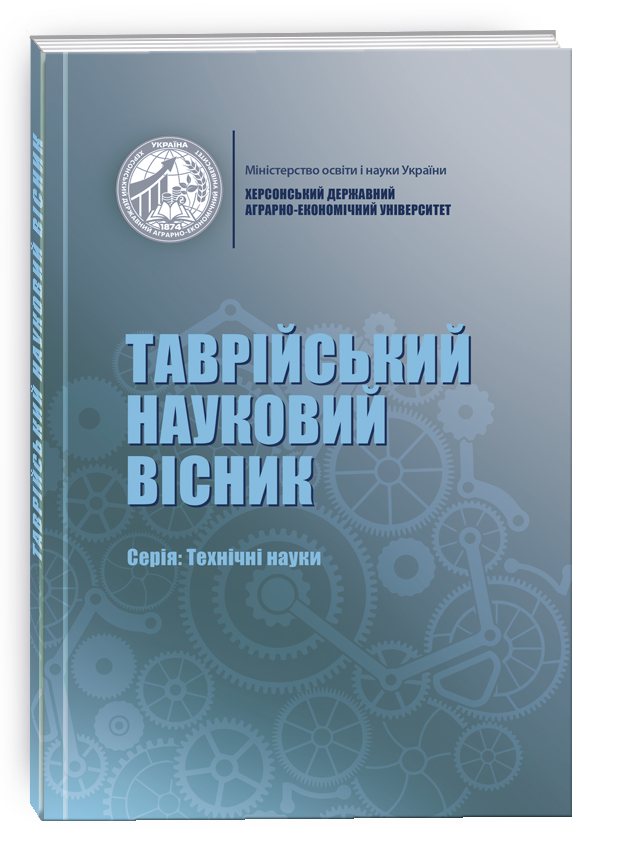ANALYSIS OF COMPUTER VISION METHODS IN THE PROBLEMS OF PERSONAL IDENTIFICATION IN VIDEO FLOW
DOI:
https://doi.org/10.32851/tnv-tech.2022.3.6Keywords:
computer vision, neural networks, object recognition, methodsAbstract
The task of detecting a face in an image is often the first step in the process of solving a higher- level problem – facial recognition, facial details or facial expressions. In addition, information about the presence and number of people in the image can be useful in systems of automatic accounting of the number of visitors; access control systems in institutions, airports and the metro; automatic accident prevention systems; intelligent human-computer interfaces; in photography for automatic focusing on a person’s face, as well as to stabilize the image of the face in order to facilitate the recognition of emotions; to expand the stereo vision area when creating 3D display systems. What is photography to us, to the image recognition system, is just a set of pixels with different color settings. To teach the system to recognize individual objects in an image, you need to provide it with a dataset – a set of thousands of images that indicate exactly where the desired object is located. For example, if we want the system to learn to recognize people in pictures, we need to show it a lot of photos of people of different ages, in different poses and clothes, in different conditions. After such training, the system will be able to unmistakably recognize the person in the photos. However, another question arises: if for the system the photo is just a set of pixels, then how does the neural network understand what is depicted in the photo? Significant growth in the computing power of computers and the emergence of new mathematical models of algorithms in recent years has made significant progress in the field of computer vision. New technologies based on machine learning allow us to create reliable solutions for complex adaptive image recognition. This article is an overview of the main approaches to solving computer vision problems, with an emphasis on deep machine learning and artificial neural networks. The article considers algorithms for recognizing objects in the image, analyzes the methods used in image processing, and describes the use of machine learning tools in working with images.
References
Путятін Є. П., Гороховатській В.О., Матат О.О. Методи та алгоритми комп’ютерного зору: Навч. посібник. Х: СМІТ, 2006. 236 с.
Довбиш, А.С. Основи теорії розпізнавання образів: навч. посіб.: у 2-х ч. Суми : Сумський державний університет, 2015. Ч.1. 109 с.
Тимощук П. В. Штучні нейронні мережі. Навчальний посібник. Львів : Видавництво Львівської політехніки. 2011. 444 с.
Вовк С.М., Гнатушенко В.В., Бондаренко М.В. Методи обробки зображень та компютерний зір: Навчальний посібник. Д. : ЛІРА, 2016. 148 с.







